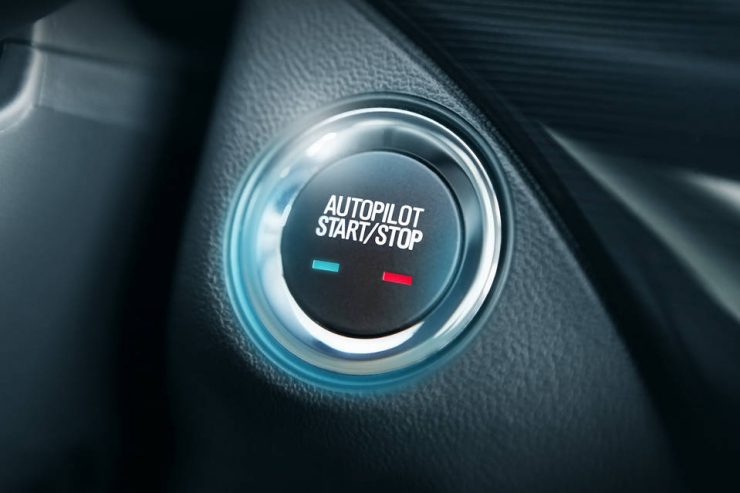The dawn of the driverless car promises a transportation revolution. Advocates claim this will change lives as radically as the Internet changed communication. But there are speed bumps ahead. Whether the growing population of older adults will fully realize the benefits remains a question subject to many moving parts.
With populations aging across the world and 10,000 U.S. baby boomers turning 65 every day, maximizing the potential of driverless technology for older adults should be an obvious priority.
There could be no more uncomfortable conversations about taking the keys away from aging parents suffering from vision, memory or physical challenges. With the majority of older adults seeking to age in place and remain independent and self-sufficient as long as possible, the loss of a driver’s license wouldn’t mean the end of mobility and a contracting life. Disconnected retirees could reconnect. New opportunities for work and volunteer activities could flourish. Access to health providers could improve.
And the benefits could spread. With reduced dependency, caregiving family members could have more freedom to attend to life’s other demands. Young people could profit from more intergenerational engagement.
It all sounds wonderful. We just have to make sure we get from here to there.
One potential roadblock: Although aging baby boomers are more technology friendly than their silent generation forebears, older adults have generally been later adopters of technologies than their younger counterparts. What’s more, wealthier and more educated individuals are more positive about the benefits of technology than those less affluent, according to Pew Research Center.
This could mean that the older adults who might benefit most from driverless cars, including a large number dealing with isolation, financial stress and health challenges, may be left on the side of the road.
The message? Planners must act now to ensure a successful transition to driverless cars for all.
Mobile phones, call devices and apps must be re-imagined to engage users and to overcome resistance and the physical challenges of aging. Age-friendly homes, sidewalks, streets and communities must optimize the utility of driverless cars. Passengers must comfortably and safely get from the front door to their vehicle and from their vehicle to their ultimate destination.
Realizing the opportunities also requires social innovations to match this potentially transformational technology.
With the additional mobility, older adults will have a chance to become involved in their communities in new ways. Many will want to pursue work and volunteer opportunities and they’ll need public and private institutions to recognize their potential for productivity. With universities and colleges in easier reach, they’ll need welcoming environments where they can enhance their skills and knowledge. With freedom to move, they’ll want shopping, dining and cultural venues that are attuned to their tastes and sensitive to their needs. They’ll require help to become technologically literate–to know the questions to ask and the resources available to navigate a changing environment.
The driverless revolution must be about more than innovative technology; it must be about change at a system-level. By planning with the aging population in mind, re-envisioning communities, and shifting attitudes about the value of older adults, we’ll ensure that driverless cars put people of all ages on the road to a better future.
Paul Irving is chairman of the Center for the Future of Aging at the Milken Institute and distinguished scholar in residence at the University of Southern California Davis School of Gerontology.
Source: Wall Street Journal
 Global Coalition On
Global Coalition On 